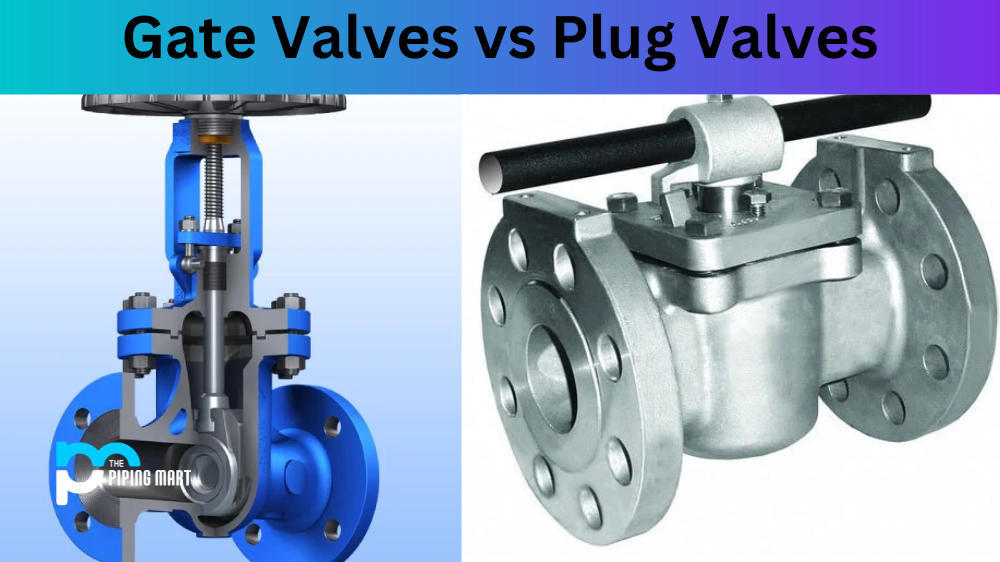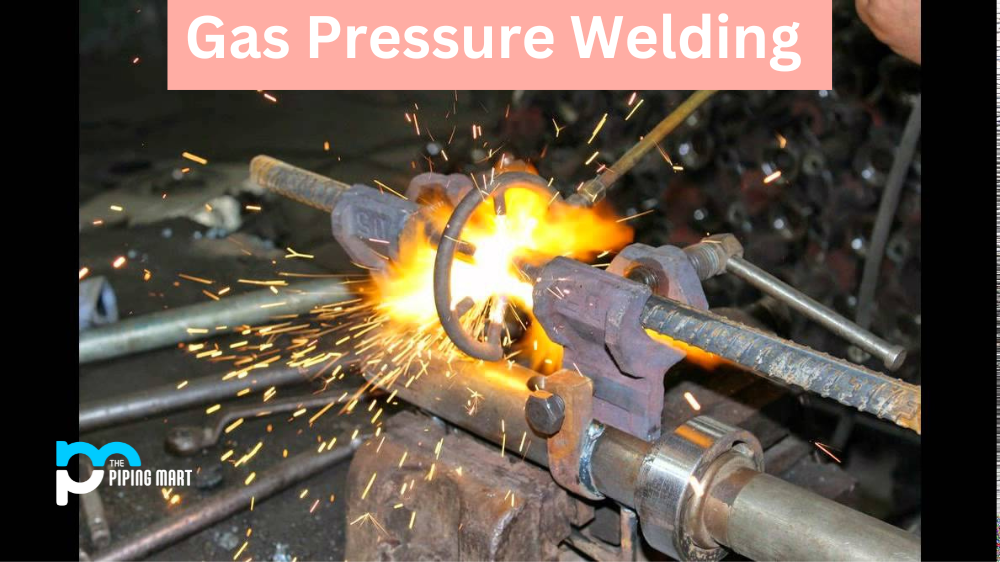When it comes to valves, there are a variety of types available to choose from, depending on your needs. Two popular options are gate valves and plug valves. But what is the difference between these two types of valves? Let’s explore their differences and similarities so you can make an informed decision when purchasing.
Gate Valves
A gate valve is a type of valve that controls the flow of liquid or gas through a pipe. It does this by using a “gate”—a round or rectangular disc—that slides up and down within the valve body in order to regulate the flow. Gate valves are typically used for applications requiring a full-on/full-off operation, such as in water supply lines, oil pipelines, and air conditioning systems. However, they should not be used in applications where a gradual throttling action is needed because they do not provide any form of pressure regulation. In addition, they cannot be used with viscous fluids because they require high operating torque to open or close the valve. Moreover, due to their design, gate valves can become stuck if not operated regularly, which can cause them to seize up over time.
Plug Valves
Plug valves are also used to control the flow of liquids or gases through pipes but operate differently than gate valves. Instead of using a sliding disc as a gate valve, plug valves use a cylindrical plug with one or more holes that rotate within the valve body to regulate the flow rate. The advantage of this design is that it provides much greater control over how much fluid or gas is allowed through at any given time since there can be multiple positions for the plug (open/closed/partially open). Plug valves are typically used in applications where gradual throttling action is needed, such as in water treatment plants and chemical processing plants, since they provide much better control over how much fluid passes through them at any given time. Unlike gate valves, plug valves can also handle viscous liquids without requiring extra torque and handle applications with higher temperatures or pressures due to their robust design and construction materials (brass/bronze/stainless steel).
Difference Between Gate valves and Plug valves
Gate valves and plug valves are two different types of valves, which serve the same purpose but have some distinct variations. Gate valves open and close a pathway by rising and lowering a rectangular gate. Plug valves work by turning a wheel-shaped plug into multiple positions within its seat, sealing off the pathway when turned in one direction and allowing fluid to pass through when it’s turned another direction. The main differences between these two valves are their ease of operation, cost, and pressure holding ability. Gate valves are relatively easy to use but can be costly, whereas the plug valve is more reliable for sealing purposes at low pressures yet less expensive than gate valve counterparts. They each have their advantages in different settings: for example, gate valves can be used at high pressure piping systems whereas a plug valve would be better suited for plumbing applications.
- Gate valves and plug valves are both types of valves that are used to control the flow of liquids and gases.
- Gate valves are designed so that a gate or disk blocks the flow of liquid or gas when the valve is closed. Plug valves, on the other hand, have a plug that fits snugly into a seat to block the flow of liquid or gas.
- Gate valves are typically used for applications where it is important to be able to completely stop the flow of liquid or gas. Plug valves, on the other hand, are often used for applications where it is necessary to throttle or regulate the flow of liquid or gas.
- Gate valves are typically more expensive than plug valves due to their more complex design.
- Both gate valves and plug valves can be made from a variety of materials, including metals such as brass, bronze, and stainless steel, as well as plastics such as PVC and polypropylene.
Conclusion:
In conclusion, gate and plug valves have some similarities but also some notable differences that should be considered when determining which will best suit your needs. Gate valves are best suited for applications requiring full-on/full-off operation, while plug valves are best suited for applications requiring gradual throttling action due to their superior ability to control specific amounts of fluid at any given time. Ultimately, both types of valve offer advantages depending on what application you need them for, so it’s important that you understand each one’s strengths before deciding which one you should use!

Meet Bhavesh, a seasoned blogger with a wealth of knowledge and experience. From metal products manufacturing to retail, Bhavesh has a diverse background in various industries and is dedicated to sharing his insights and expertise with readers.




